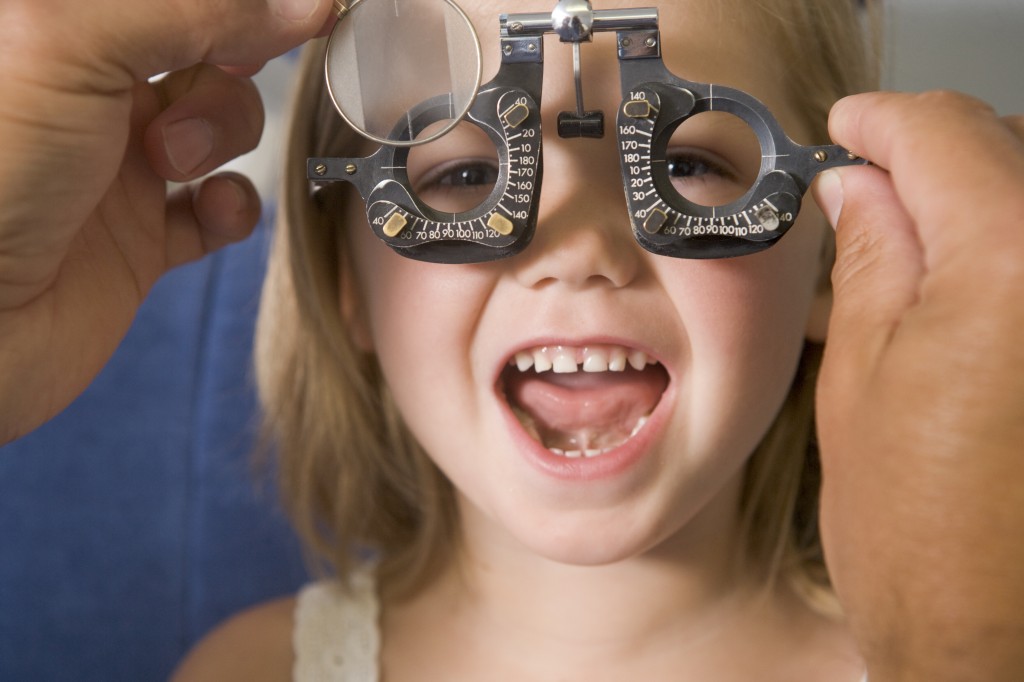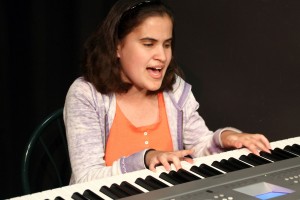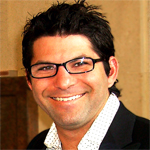8/7/14
Nystagmus is a condition of uncontrolled eye movements. Patients with nystagmus are unable to maintain their eyes in a fixed position of focus. The movements can be pendular, swaying evenly side to side, or, jerk into one direction and drift toward the opposite direction. It can be present early in life or acquired as an adult. It can occur in eyes with poor vision from other anomalous development, or eyes that appear perfectly normal. In almost all patients the vision is compromised to some degree. In some patients, the eye movement is less, and the vision better, in an eccentric position that causes the patient to adopt a face turn, tilt or head posture so they can use this quieter position (“null point”) to navigate during their daily activities. To date there have been no consistently effective treatments for this condition.

Treatment efforts have been either medical (drugs to reduce the amplitude of the nytagmus movement) or surgical (to move the “null point” into straight ahead gaze to eliminate a head turn, or, directed at reducing the effective contracture of all the eye muscles to reduce the amount of movement). In general, surgical treatment of nystagmus has been disappointing.
In 2002, Dr. Robert Sinskey, noted cataract surgeon and phacoemulsification pioneer, proposed a revolutionary concept, that nystagmus could only be truly effectively controlled by removing the forward portion of the eye muscle and detach it completely from the eye. Since the twitching eye muscles were controlled by nerves sending that pulsatile information, any operation that allowed the muscles to remain attached to the eye would never quiet the movement. He performed this novel surgery in 2000 and published the results in 2002. It did not receive attention in the nystagmus surgery community, as most experts worried that the surgery would limit normal eye movements excessively. The operation does remove the forward portion of the eye muscle but, surprisingly, the eyes are still able to move to allow reading, computing, and driving.. In 2012, I had the opportunity to view a patient he operated 10 years prior and was impressed with how successful the results were even after 10 years. Coincidentaly, I was caring for a 17 year-old patient with nystagmus who had already undergone the 2 currently accepted eye muscle procedures for nystagmus without success. His movements remained uncontrolled, he could not maintain eye contact with anyone, and is his vision was less than that needed for a drivers license. In 2013, I offered him the Sinskey procedure and the results were remarkable. His nystagmus was quieted, his vision improved (20/25) enough to qualify for a drivers license and to return to school.
Since 2012, we have adapted, augmented and perfected the procedure and performed the surgery on over 12 patients with similar remarkable results. All patients experience a marked reduction in the amplitude of the nystagmus (60-100%), and all patients demonstrate improved vision (1-8 lines of the acuity chart), especially at the reading position.
Visit the YouTube posting “Meet Grace” for an example of how this surgery can impact a child’s life and the hopes of their parents. Visit www.eye.uci.edu for further information, contact information and scientific data on the procedure.
 Robert W. Lingua, MD
Robert W. Lingua, MD
Director, Pediatric Ophthalmology and Strabismus
Gavin Herbert Eye Institute, UC Irvine











